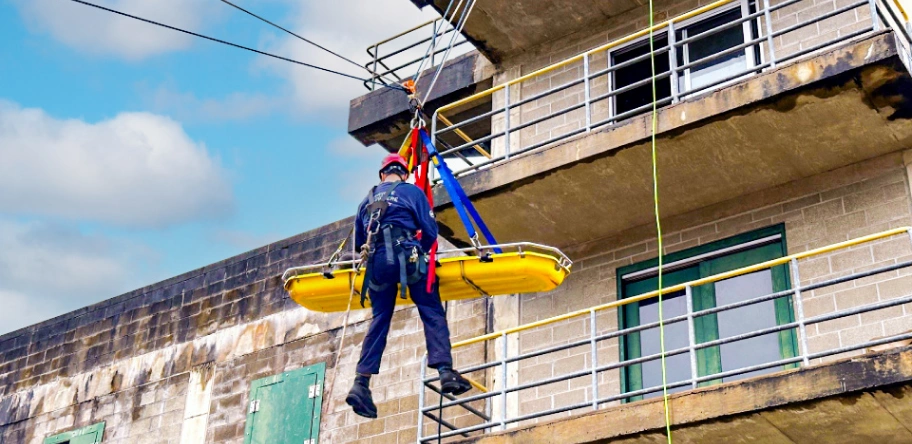Safety and Health - Sustainability.ussteel.com
There is no greater indicator of the success of our safety efforts than the fact that we were able to operate all our facilities without a single fatality in 2024.
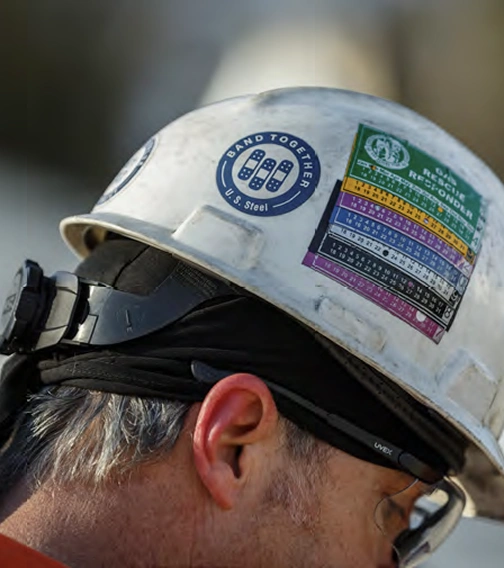
We continued to find ways in 2024 to improve the gathering, analyzing and leveraging of our safety data. We are taking greater advantage of our mobile-phone-based application that allows supervisors to participate in safety conversations in the field and enter safety data on dashboards that are used to monitor plant performance and set targets at a granular level. Our Safety Record keeping System provides a more effective way to track the status of corrective actions from initiation to closure.
Our commitment to safety is evident at every level of our company. Our President and CEO, Dave Burritt, has served on the National Safety Council’s Board of Directors for the past four years, providing leadership, insights and guidance in support of the Council’s mission to eliminate the leading causes of preventable work-related injuries and fatalities. In addition, our Vice President and Chief Safety & Security Officer, Robert Rudge Jr., serves as a Council delegate to assist in formulating position papers and policy statements on safety.
We are quick to share our safety insights with others, and to learn from them as well. We partner with the United Steel workers union on safety practices and programs, and our safety team continually collaborates with the World Steel Association, exchanging information and ideas relating to injury trends, incident reduction techniques and fatality prevention.
We remain committed to safety and will never stop striving for improvement.
Eighty-eight percent of U. S. Steel’s facilities are ISO 45001 certified. We have been applying new technologies to make even more strides in our ability to assess and improve safety. One example has been our continued use of our mobile application for safety conversations in the field. We also expanded the use of advanced biometric devices to monitor employee health and signal employees and their supervisors to any potential problem before it causes physical distress.
Training is critical to safety. Newly hired employees attend more than two weeks of classroom-based orientation training prior to undertaking specific job-qualification required training. We provide all new operations employees with on-the-job training, including eight hours of safety awareness training every year in addition to the regular training they receive for their specific job functions.
Visit our safety-related highlights, goals and progress.
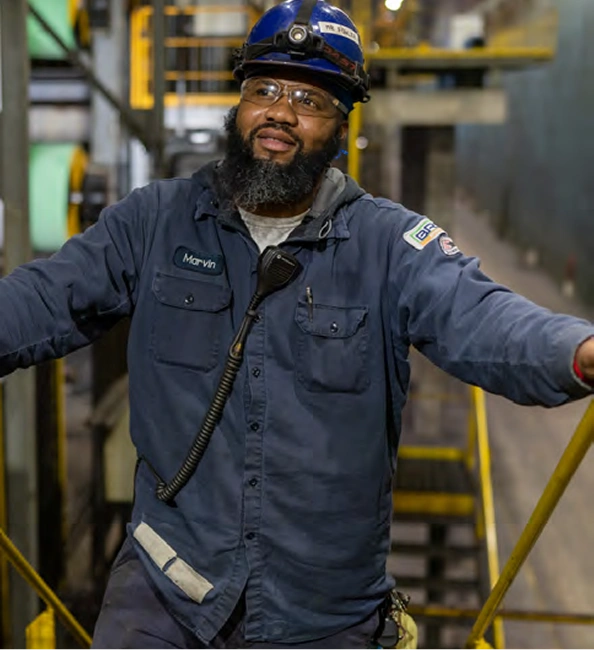
Safety and Health Data
OSHA Recordable Cases
| 2022 | 2023 | 2024 |
| 193 | 190 | 194 |
Significant Injury Cases
| 2022 | 2023 | 2024 |
| 57 | 59 | 60 |
Days Away From Work Cases
| 2022 | 2023 | 2024 |
| 11 | 9 | 13 |
OSHA Global Days Away From Work
Incidence Rates¹
| 2022 | 2023 | 2024 |
| 0.05 | 0.04 | 0.06 |
The virtual event was broadcast across the corporation, providing company leaders with an opportunity to lead an open dialogue and inspire change. Follow-up in-person sessions were conducted at our largest North American facilities, led by local plant leadership with support from Corporate Safety and Human Resources, and beginning with commentary from our President and CEO, Dave Burritt.
We reinforced 360° Safety throughout the year through a newsletter to all employees and at various presentations and events, several of which included company-wide virtual discussions with company Board members, community partners, customers, suppliers, contractors and other internal stakeholders. In addition, monthly 360° Safety learning paths have been created for all employees who have access to our virtual learning platform. These safety courses are based on topics relevant for that period’s monthly observances, raising awareness for National Nutrition Month, Pride Month, Mental Health Awareness, Heart Health and others.
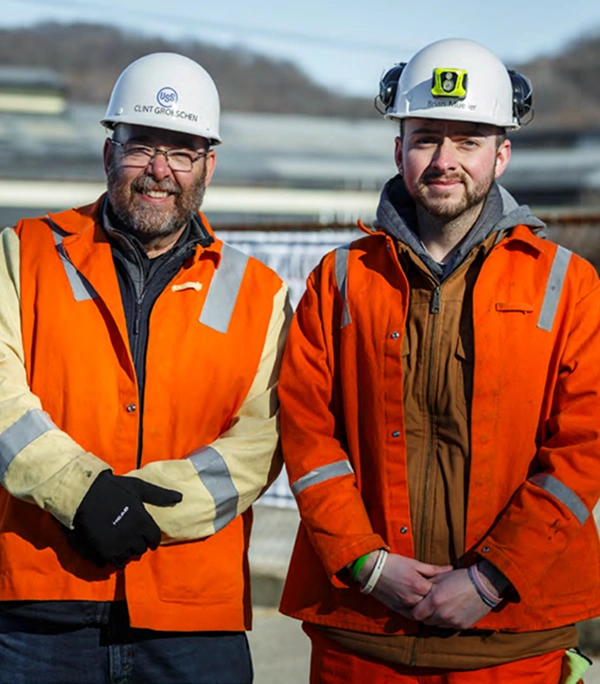
All U. S. Steel facilities evaluate the contractor’s conformance to pre-qualification requirements, such as potentially life threatening programs, written health and safety programs and injury performance history. We approve contractors based on these assessments. All contractors are required to complete a site-specific safety orientation prior to gaining access to the site as well as any supplemental safety training that is deemed necessary. While onsite, contractors must perform daily safety meetings, field observation audits and safety inspections.
Each U. S. Steel facility has developed a Contractor Safety Council and meets routinely to determine and communicate key safety issues and activities. These councils, along with the quarterly plant contractor meetings, provide an opportunity for contractors to discuss safety issues among their peers and our company leadership, generating open dialogue around safety and encouraging a culture of belonging and engagement.
Remembering his training sessions on looking out for peers’ safety, which emphasized symptoms of heat stress and exhaustion, Darin decided to act. He notified Keetac EMS, leading to a quick medical assessment of the coworker, followed by a trip to a nearby hospital emergency department. There, doctors found that the coworker’s temperature was spiking to dangerous levels. If he hadn’t come to the hospital, his life would have been in danger, they said.
The coworker made it through the crisis in good shape, thanks to the quick treatment he received — treatment that took place because Darin embodied our culture of making sure everyone goes home safely at the end of every shift.

Doing more for Safety
After heavy rains flooded parts of the Iron Range in Minnesota in July 2024, a neighbor of our Minntac facility ran into some trouble. At the Minorca Mine operated by competitor Cleveland-Cliffs, a haul truck became stranded in deep water and couldn’t be safely moved by the on-site equipment. In keeping with our culture of community service and safety first, Minntac sent over a large wrecker that was able to safely rescue the truck.
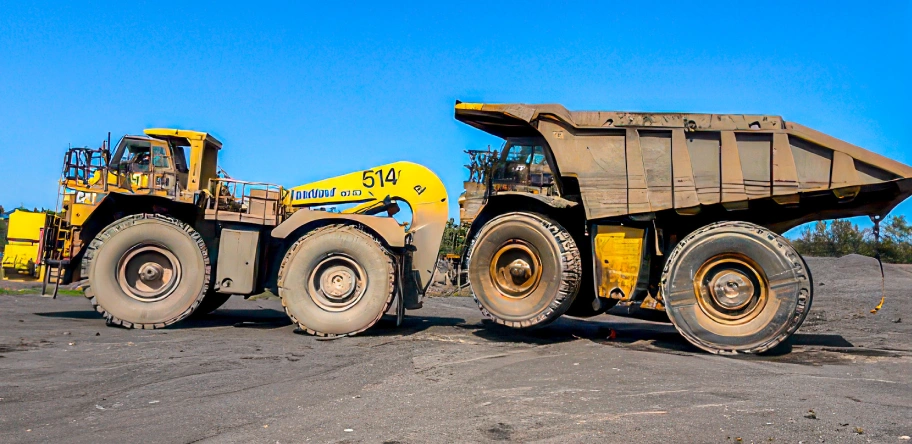

In February 2024, the Mine Engineering team at our Minnesota Ore Operations achieved an admirable record: 17 years without a recordable injury. That time period re presents over 700,000 hours of work from the team, an impressive amount of work to accomplish while staying free of recordable incidents.

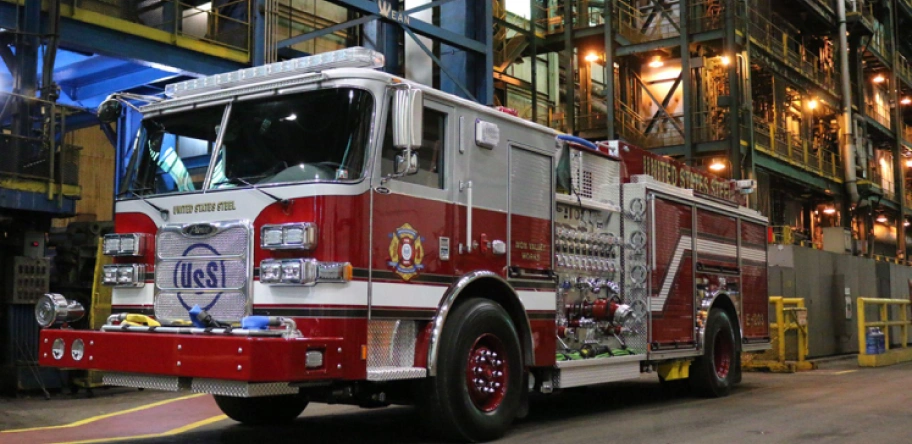
In October 2024, 48 Mon Valley Works Emergency Services employees took part in two full days of rope rescue training. The sessions focused on rope rescue techniques, simulating challenging emergencies such as high-angle rescue situations where employees in hard-to-reach areas need medical attention.
